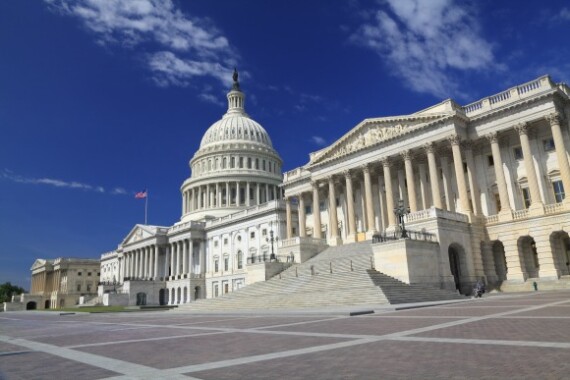11 ERISA milestones
September 2, 2014 7:46 AM











Data and feedback from working caregivers empowers benefit leaders to provide better support.
Experts say AI can enhance employee benefits, boost productivity and support financial wellness, but trust, bias concerns and scaling challenges still slow adoption.
Nearly half of brokers say their clients are actively requesting insights on AI tools, but most lack the infrastructure to adopt them.
Using real insights for benefit packages can improve health outcomes and control healthcare costs long-term.
Setting employees up to find top-performing providers is helping employers stabilize costs and improve outcomes.

The new solution includes reimbursement opportunities as well as access to personal coaching if employees are victims of fraud.